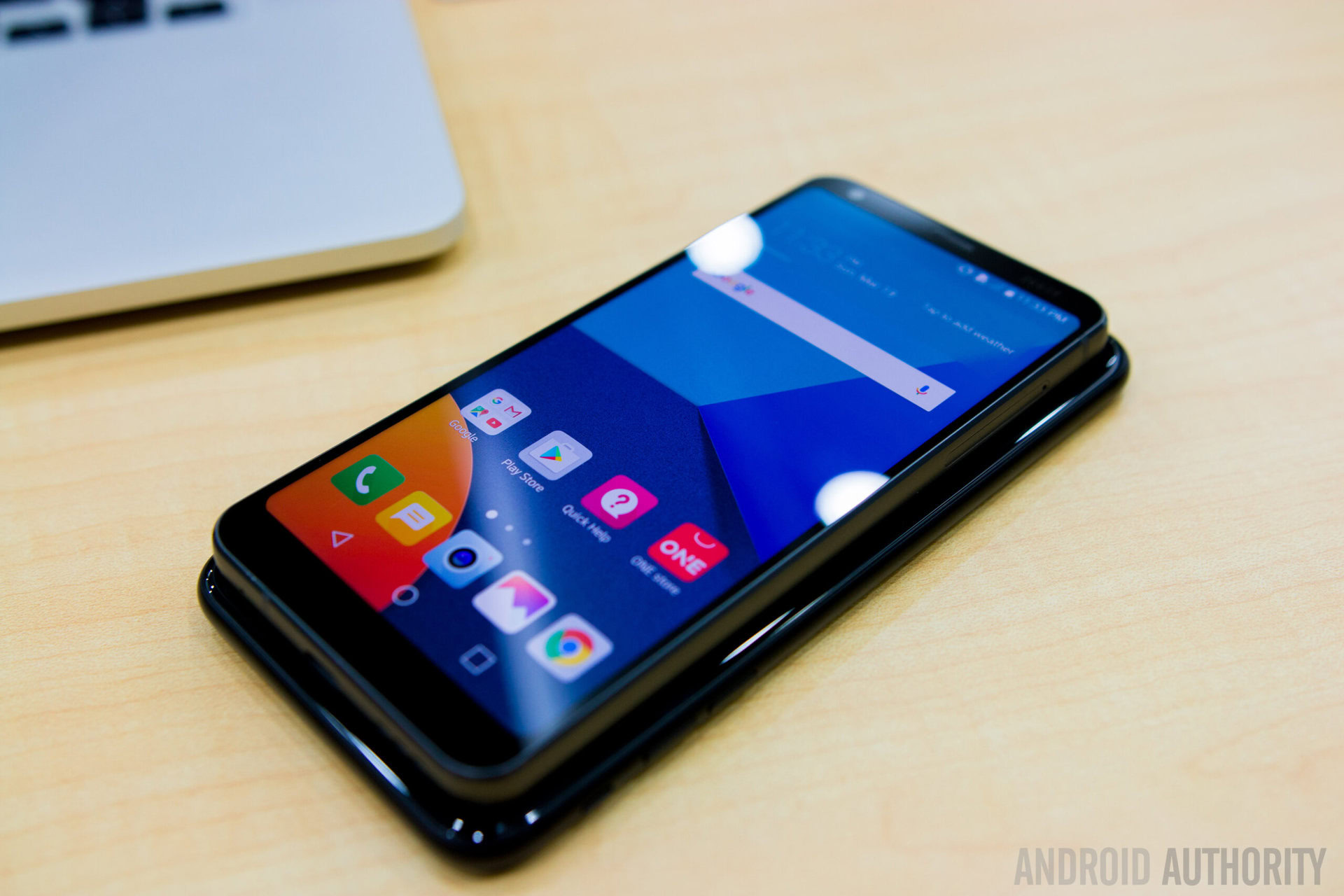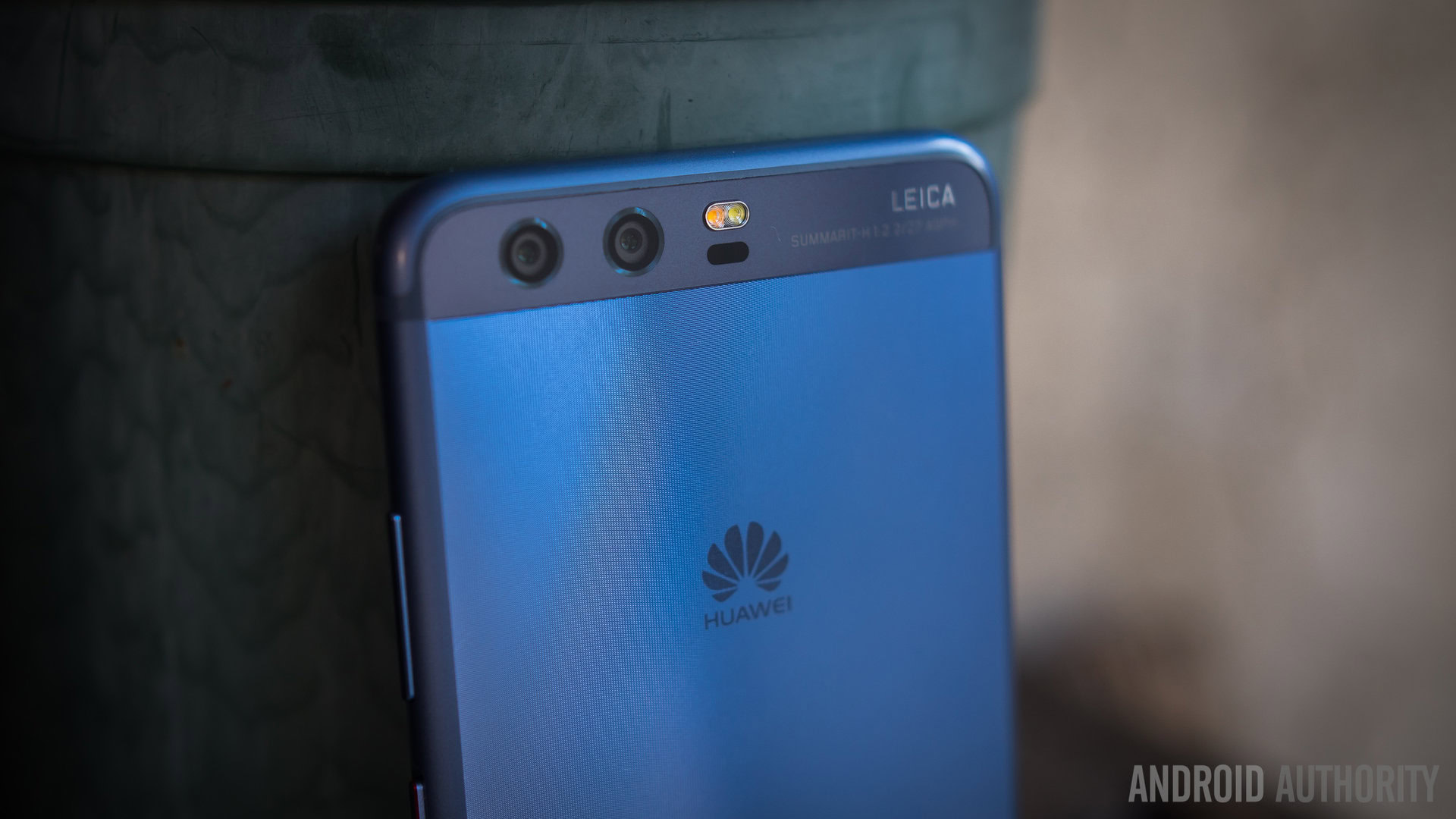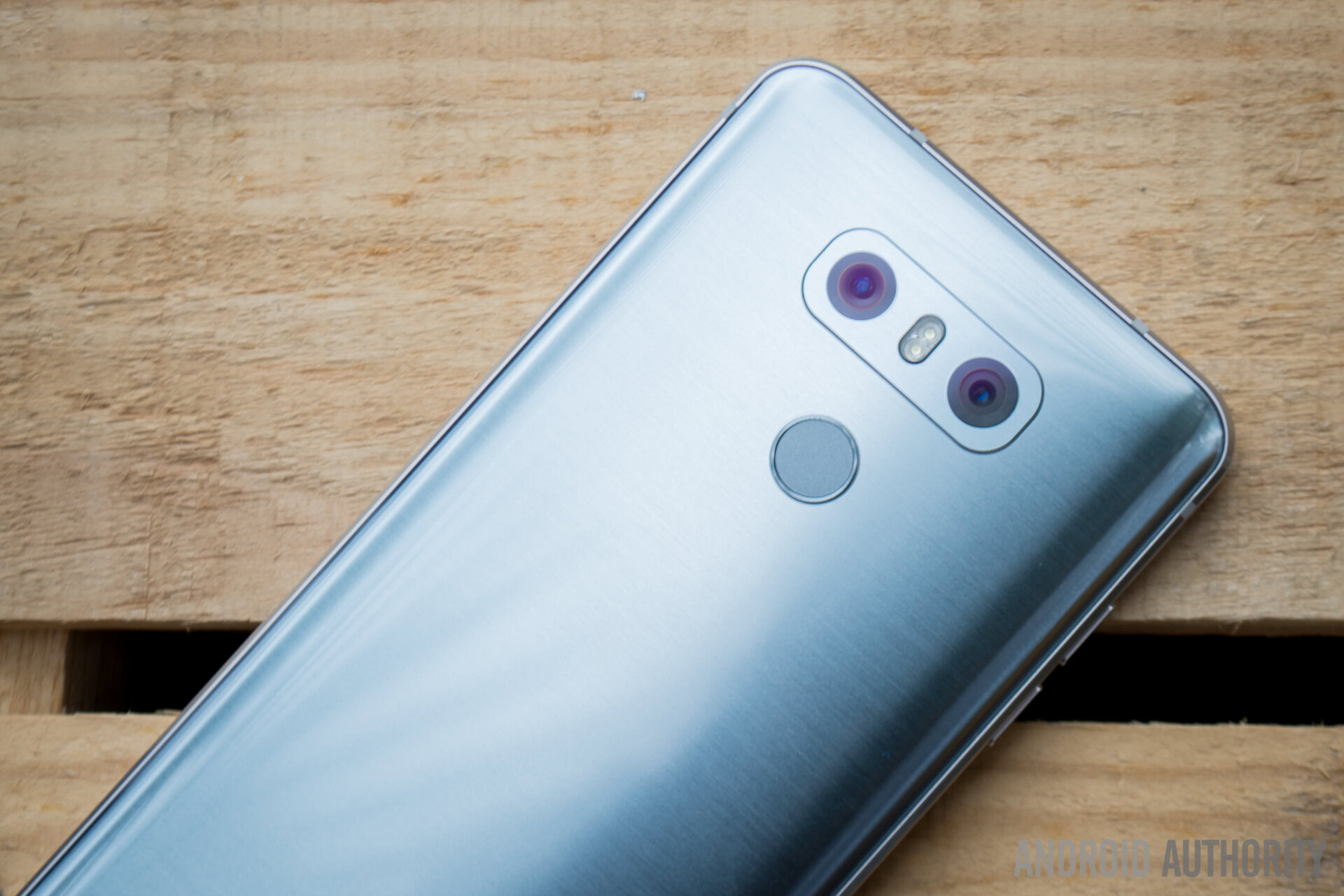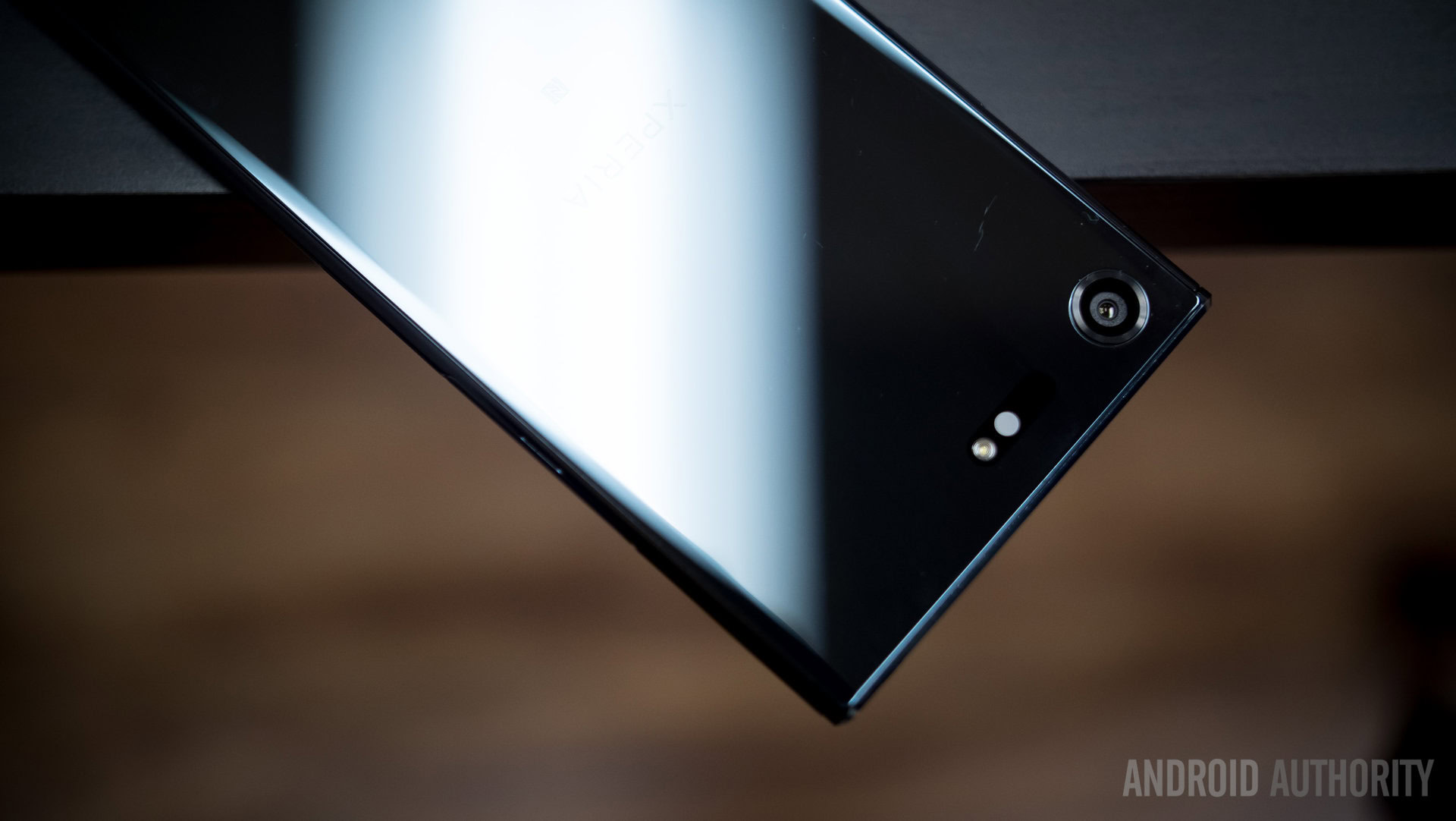Affiliate links on Android Authority may earn us a commission. Learn more.
LG G6 vs Xperia XZ Premium vs HUAWEI P10 Plus

MWC 2017 has already given us a number of interesting announcements, but the biggest releases so far have been the HUAWEI P10 and P10 Plus, the LG G6, and the Sony Xperia XZ Premium. Three high-end handsets brimming with flagship tech, so it’s time to stack them up against one another to see how they fair. I’ve also thrown HTC’s U Ultra into the mix for comparison, given that it was only announced in January and sets a good bar for a refined flagship experience.
One of the most contentious issues with smartphones specs already this year has been the delayed arrival of Qualcomm’s next-generation Snapdragon 835 processor. As expected, the LG G6 is sticking with the older 821 model and HUAWEI’s P10 range is comfortable with its custom HiSilicon chip. However, the Sony Xperia XZ Premium will ship packing a Snapdragon 835 inside, making it the first handsets to be announced with the chip, ahead of its expected debut inside the Galaxy S8.
This immediately puts the Xperia XZ Premium out ahead in terms of both performance and energy efficiency, given that the Snapdragon 835 is being built on a smaller 10nm FinFET manufacturing process. In our testing, the HiSilicon 960 edges ahead of the Snapdragon 821, but the 835 is boasting around a 20-27 percent uptick in performance that will regain the crown for Qualcomm. However, customers are going to have to wait to get their hands on that extra performance boost, as the XZ Premium’s release data is simply stated as sometime in “Spring 2017”.
| LG G6 | Xperia XZ Premium | HUAWEI P10 Plus | HTC U Ultra | |
|---|---|---|---|---|
Display | LG G6 5.7-inch QHD 18:9 LCD 2880 x 1440 | Xperia XZ Premium 5.5-inch 4K LCD 3840 x 2160 | HUAWEI P10 Plus 5.5-inch QHD LCD 2560 x 1440 | HTC U Ultra 5.7-inch QHD LCD 2560x1440 |
SoC | LG G6 Qualcomm Snapdragon 821 | Xperia XZ Premium Qualcomm Snapdragon 835 | HUAWEI P10 Plus HiSilicon Kirin 960 | HTC U Ultra Snapdragon 821 |
CPU | LG G6 2x 2.35GHz Kryo 2x 1.6GHz Kryo | Xperia XZ Premium 4x 2.45GHz Kryo 280 4x 1.9GHz Kryo 280 | HUAWEI P10 Plus 4x 2.4GHz Cortex-A73 4x 1.8GHz Cortex-A53 | HTC U Ultra 2x 2.35GHz Kryo 2x 1.6GHz Kryo |
GPU | LG G6 Adreno 530 | Xperia XZ Premium Adreno 540 | HUAWEI P10 Plus Mali-G71 MP8 | HTC U Ultra Adreno 530 |
RAM | LG G6 4GB | Xperia XZ Premium 4GB | HUAWEI P10 Plus 4/6GB | HTC U Ultra 4GB |
Storage | LG G6 32/64GB (64GB variant only available in some regions) | Xperia XZ Premium 64GB | HUAWEI P10 Plus 64/128GB | HTC U Ultra 64 / 128GB |
MicroSD? | LG G6 Yes, up to 2TB | Xperia XZ Premium Yes, up to 256GB | HUAWEI P10 Plus Yes, up to 256GB | HTC U Ultra Yes, up to 258GB |

We also see a lead for the Xperia XZ Premium when we look at the raw display specifications too. While all of the other manufacturers on our list have opted for QHD LCD panels, Sony has released its second 4K capable smartphone, which boasts a whopping 801 pixel per inch display. However just like last time, this resolution is completely overkill for a smartphone form factor and the display is unfortunately not quick enough to support DayDream for virtual reality applications either. Furthermore, Sony will likely again limit the occasions that the display runs at its full resolution to the playback of 4K videos and viewing other high resolution media, so as not drain the battery.
LG is also attempting a new display trick by adopting early support for a 18:9 aspect ratio with some sleek looking rounded corners, and this does lend itself nicely to displaying two exactly square apps on the screen at once. LG and Sony also both tout HDR capabilities with their new displays, which can mean increased color depth (10-bit vs 8-bit RGB) when playing back certain content. On balance through, all of these screens are going to offer identical image clarity, with some minor differences in color reproduction, contrast and brightness that we’ll have to test at a later date. It’s also worth noting though that the regular HUAWEI P10 only comes with a 1080p panel, though the P10 Plus ups things to QHD.
See also: PSA: Not all LG G6s are created equal
Other core specifications look very familiar across all of the devices, with 4GB of RAM offered as the standard. Although HUAWEI boosts this up to a maximum of 6GB if you buy the 128GB flash memory version of its P10 Plus. The LG G6 is the weakest in terms of internal storage. It has a base of 32GB, while the highest storage option you can get is 64GB (only in some regions, though). Still, the G6 does support microSD expansion up to 2TB if you find yourself using up that internal storage too quickly. It’s worth noting that other phones come with a minimum of 64GB flash as the standard, and 256GB microSD cards are support across the board.
| LG G6 | Xperia XZ Premium | HUAWEI P10 Plus | HTC U Ultra | |
|---|---|---|---|---|
Cameras | LG G6 Dual 13MP f/1.8 rear with OIS & laser AF 5MP front | Xperia XZ Premium 19MP rear with OIS and PDAF 13MP front | HUAWEI P10 Plus Dual 12 & 20MP f/1.8 rear with OIS and PDAF 8MP front | HTC U Ultra 12MP f/1.8 rear with OIS, PDAF and laser AF 16MP front |
Battery | LG G6 3,300mAh | Xperia XZ Premium 3,230mAh | HUAWEI P10 Plus 3,750mAh | HTC U Ultra 3,000mAh |
NFC | LG G6 Yes | Xperia XZ Premium Yes | HUAWEI P10 Plus Yes | HTC U Ultra Yes |
Fast Charge | LG G6 Quick Charge 3.0 | Xperia XZ Premium Quick Charge 3.0 / Qnovo Adaptive Charge | HUAWEI P10 Plus HUAWEI SuperCharge | HTC U Ultra Quick Charge 3.0 |
IP Rating | LG G6 IP68 | Xperia XZ Premium IP68 | HUAWEI P10 Plus No | HTC U Ultra No |
3.5mm audio | LG G6 Yes | Xperia XZ Premium Yes | HUAWEI P10 Plus Yes | HTC U Ultra No |
Extras | LG G6 USB Type-C, Wireless Charging, 32-bit audio, FM Radio | Xperia XZ Premium USB Type-C | HUAWEI P10 Plus USB Type-C | HTC U Ultra USB Type-C, Boomsound, Hi Res audio, HTCSense Companion |

On to cameras, and it’s here that we again see the biggest differentiation between handset manufacturers. Many are sticking with single sensor setups, including the Xperia XZ Premium, HTCU Ultra, and many of last year’s phones like the Galaxy S7, Google Pixel, and others, although resolutions, apertures, and pixel sizes are still varied. Sony again attempts to go one step further with a 960fps slow motion video capture option in its handset, but the recording time is severely limited, which detracts from its usefulness.
NFC for mobile payments sees universal support, as we would expect from today’s flagships, as does the USB Type-C connector and fast charging solutions. IP68 ratings are reserved for the XZ Premium and G6, while it's only the latter that offers wireless charging too.
On the other hand, LG and HUAWEI remain committed to dual camera configurations, although both have again taken different approaches; LG with a wide angle lens and HUAWEI with its RGB + monochrome Leica design. Of course, we can’t compare quality without some side by side tests, but we’re likely to see some big differences based on the space available for sensor sizes and the like. There is some consensus among flagship smartphones camera though. Faster autofocusing technologies are common and optical image stabilization is a universal feature here, meaning stable video and less blurry low light pictures.
There’s more crossover when it comes to extra features. NFC for mobile payments and small data transfers sees universal support, as we would expect from today’s flagships, as does the USB Type-C connector and fast charging solutions. However, HUAWEI has its own SuperCharge alternative to the common Qualcomm Quick Charge, meaning that third party accessory support will be more limited.
Looking at audio, all three of the new MWC flagships are sticking with the 3.5mm audio connector, suggesting that companies have heard the outcry from consumers who are unwilling to ditch their convenience of their current headphones. The LG G6 boasts another “Quad DAC” and 32-bit file support, although this will be limited to certain countries. HTC again sets a high bar with BoomSound, but you’ll need a USB to 3.5mm adaptor to keep using your old headphones. Meanwhile, Sony is bringing its wireless LDAC compression for better sound over Bluetooth and Automatic Headphone Optimisation, but there’s no mention of any superior DAC hardware.
IP ratings for water and dust resistance remain more hit and miss. Both the new LG G6 and Xperia XZ Premium tout an impressive IP68 rating, which matches the Galaxy s7 from last year. However, the P10 Plus and U Ultra don’t offer any water protection. Wireless charging and dedicated HiFi audio components are less common still, and this is an area that LG appears to come out ahead of its competitors. That is until we learned that these features would only be appearing in some markets, leaving European and US customers with a much more basic model.

Picking a winner
On paper, the Sony Xperia XZ Premium offers the superior specifications, what with a 4K display and Snapdragon 835, while the LG G6 looks to be one of the most feature rich handsets ever built. However, both come with their own caveats. LG seems to have missed a trick by region locking some of the G6’s more interesting features. On the other hand, consumers are going to have to wait longer for the XZ Premium, likely months, and the 4K display and 960fps video features are more gimmicky that groundbreaking.
Without a leap in processing power, intergenerational flagships offer solid refinements to the 2016 formula, but might struggle under the shadow of more powerful releases looming right around the corner.
Meanwhile, the HUAWEI P10 and P10 Plus refine the company’s strategy and offer performance that currently sits nicely in between last year’s flagships and what we can expect from upcoming 2017 models. Unfortunately, the phones don’t come with all the bells and whistles offered by some of these competitors. But in Europe, at least, the phone seems to offer as much, if not more, than the LG G6.
Without a leap in processing power, intergenerational flagships, like the LG G6 and U Ultra, offer solid refinements to the 2016 formula, but might struggle under the shadow of more powerful releases looming right around the corner. The Xperia XZ Premium looks most like the 2017 flagship that many will have envisioned over the past few months, but by the time it hits store shelves there’s bound to be more competition.
Personally, I’m undecided between the Xperia XZ Premium or the P10 Plus, and even the LG G6 looks tempting in certain regions. How about yourselves?